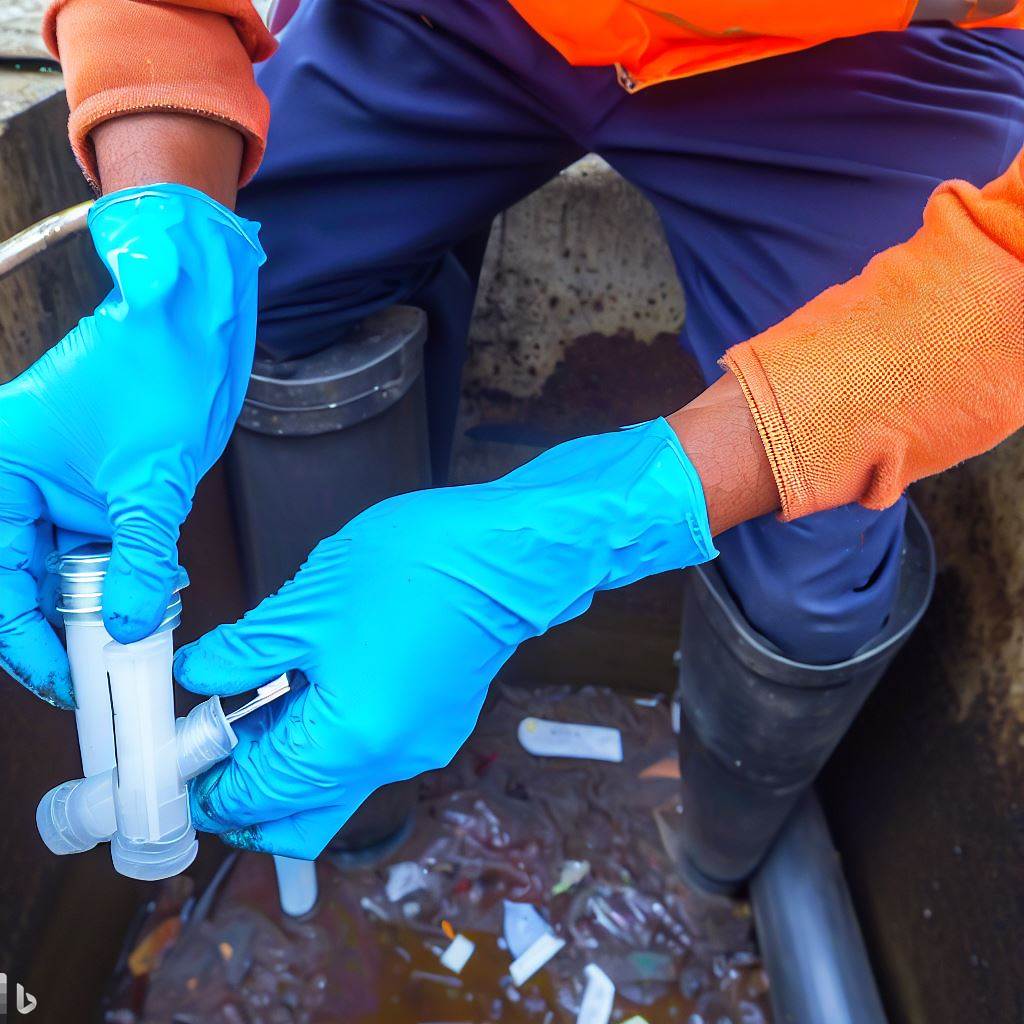Sewage presents an ideal environment for bacteriophages to thrive, primarily because it contains abundant bacteria, serving as a plentiful food source for these viruses. Following the notion that good soldiers are trained on the battlefield, numerous scientists direct their focus toward sewage samples in search of bacteriophages. This article provides guidelines for sample collection, including considerations for sampling locations, sample types, and recommended procedures.
Permit and Sampling Locations:
Before initiating the sampling process, it is important to ensure that you possess the necessary permits to collect samples in the specific area of interest. While permits often specify sampling locations, there are instances where the designated location may not be suitable for sampling. In such cases, it is essential to exercise discretion and choose a more representative and ideal sampling location.
Sample Types and Collection Techniques:
Influent Samples:
Influent wastewater samples should ideally be collected from locations with highly turbulent flow to ensure adequate mixing. However, access to such locations may be limited. Preferable influent sampling locations include:
- Upflow siphon following a comminutor (in the absence of a grit chamber)
- Upflow distribution box after pumping from the main plant wet well
- Aerated grit chamber
- Flume throat
- Pump wet well during pump operation
- Downstream of preliminary screening
Whenever possible, influent samples should be collected upstream from sidestream returns to minimize the potential for contamination.
Effluent Samples:
Effluent samples should be collected at the site specified in the permit. If no specific site is mentioned, sampling should be conducted at the location downstream from all entering wastewater streams, prior to discharge into the receiving waters. In the event of a conflict between the permittee and the inspector regarding the sampling source or location, guidance on site selection for wastewater sampling should be followed.
Pond and Lagoon Samples:
When sampling from ponds and lagoons, composite effluent wastewater samples are generally recommended. These samples account for variations in flow paths and ensure accurate representation, even in systems with long retention times. Ponds and lagoons often exhibit short-circuiting flow paths, altering the designed detention time. Composite sampling provides a comprehensive assessment of viral dynamics in these systems.
Sample Collection Procedure:
To collect the sewage sample for bacteriophage isolation, follow these steps:
- Put on appropriate personal protective equipment (PPE) to ensure safety during the sampling process.
- Collect the sewage water in a sterile falcon tube (45-50 ml or any container of your choice) by scooping.
- Carefully transfer the collected sample into a well-labeled borosilicate container, ensuring that the container’s cover is tightly secured to prevent leakage.
- Place the container in a cool box to maintain sample integrity during transportation to the laboratory.
Collecting sewage samples for bacteriophage isolation requires careful consideration of sampling locations, proper sample types, and adherence to recommended procedures. By following these guidelines, researchers can obtain representative samples that accurately reflect viral populations in wastewater systems.
Discover the subsequent stage following sampling, which entails the processing of sewage samples.
More reading
- Synnott, A. J., Kuang, Y., Kurimoto, M., Yamamichi, K., Iwano, H., & Tanji, Y. (2009). Isolation from sewage influent and characterization of novel Staphylococcus aureus bacteriophages with wide host ranges and potent lytic capabilities. Applied and environmental microbiology, 75(13), 4483-4490.
- Aghaee, B. L., Mirzaei, M. K., Alikhani, M. Y., & Mojtahedi, A. (2021). Sewage and sewage-contaminated environments are the most prominent sources to isolate phages against Pseudomonas aeruginosa. BMC Microbiology, 21(1), 1-8.


